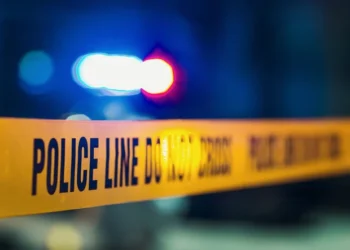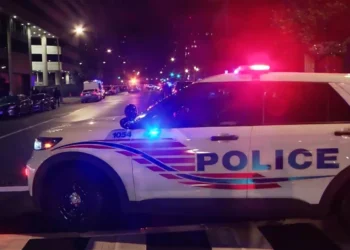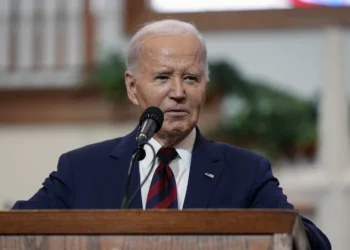SAN FRANCISCO — San Francisco may get one step closer Tuesday to adopting a “recovery first” drug strategy that prioritizes abstinence and long-term remission.
It’s the brainchild of Supervisor Matt Dorsey, a recovering meth addict, and if passed by the board of supervisors, the city’s legislative body, it is believed to be the first of its kind in the nation. The ordinance faces a critical vote in the first of two readings it needs before it can pass.
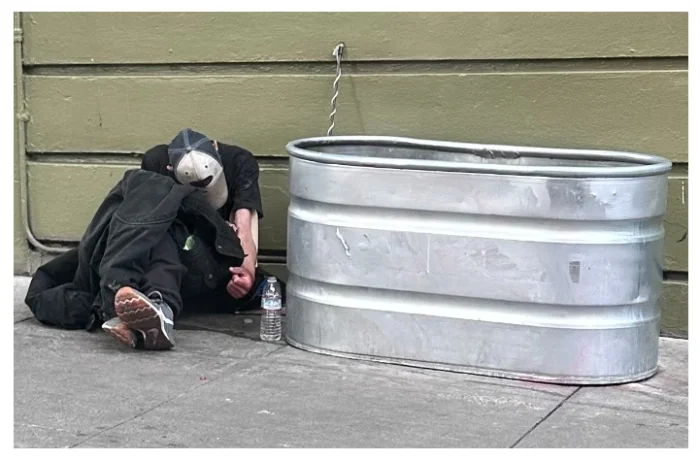
Dorsey’s ordinance would define “remission” from substance use disorder as “living a self-directed and healthy life, free from illicit drug use,” and enshrine long-term remission through the process of recovery as San Francisco’s primary substance use disorder policy goal.
“If enacted, the ‘Recovery First’ ordinance will establish that helping those with substance use disorders live a self-directed, healthy life — free from illicit drug use — is the primary goal San Franciscans share with our city agencies and taxpayer-funded contractors,” Dorsey said. “This is exactly the kind of public policy ‘North Star’ San Francisco needs to earn public confidence in our approach to the drug crisis we face, and to begin making needed progress to reverse the multitude of harms posed by synthetic drugs like fentanyl and methamphetamine.”
Dorsey’s effort has infuriated critics in a city that has pioneered harm reduction. They argue that forcing addicts to stop doing illegal drugs as the ultimate goal alienates those who are not ready to quit.
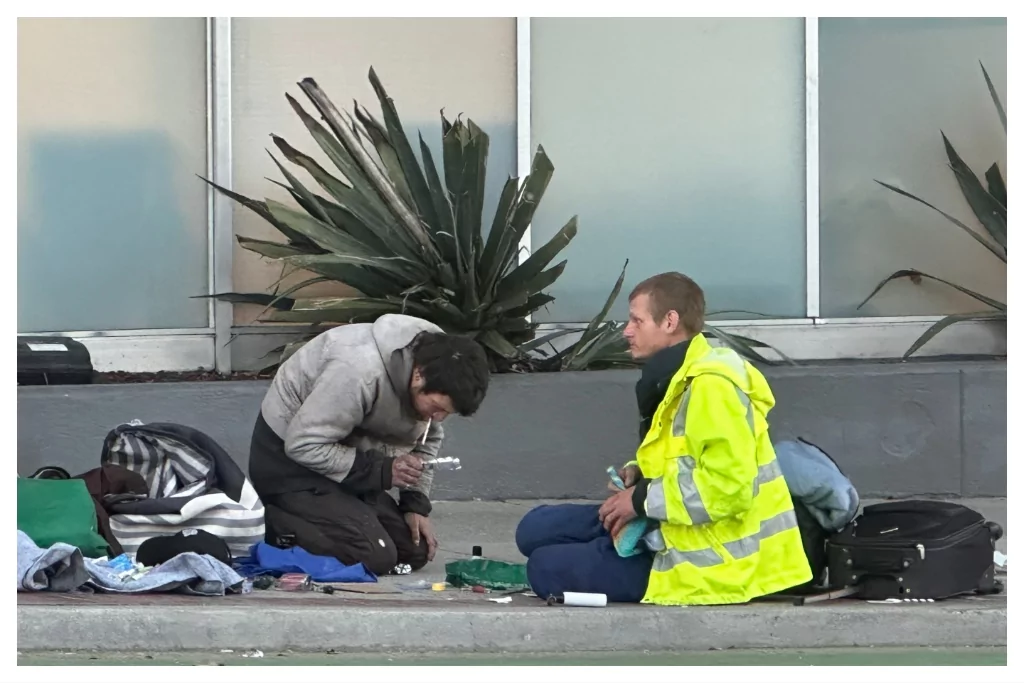
In recent years, the city’s public health department has encouraged people who do hard drugs such as methamphetamine, heroin, and fentanyl to find a friend so they won’t be alone if they overdose. The city has programs in place that pass out clean needles, with a syringe access program operating seven days a week. It also hands out Narcan, which reverses an opioid overdose by blocking the effects of the opiate on the brain and by restoring breathing. They also pass out foil and offer free pipes. It is an everyday occurrence to see people shooting up, walking around with needles stuck in them, or bent over in the fentanyl haze.
Supporters of Dorsey’s proposal say the city has been too lax for too long in its approach to the growing drug epidemic and claim that making drug use safer does little, if anything, to break the cycle of addiction.
“San Francisco has a chance to lead the way with a humane and aspirational policy directive — endorsed by its regional medical society — to provide a clear and unifying North Star that makes a healthy and drug-free life as its primary goal,” Kevin Sabet, co-founder of the Foundation for Drug Policy Solutions, said.
Rudy Corpuz, Jr., director of United Playaz, a San Francisco-based violence prevention and youth development organization, called Dorsey’s ordinance “a policy that brings together our city’s health system, treatment providers, and public safety agencies with a common goal of helping people truly recover.”
“At United Playaz, we always say, ‘It takes the hood to save the hood,’ which means we believe in solutions that combine compassion, accountability, and real resources,” he said.
Brendan Harris, who has been clean for six years, claims addicts need a firm but compassionate push into treatment.
“We can’t just keep enabling drugs over and over again,” he said.
Still, there are those, like resident Patt Denning, who believe harm reduction is the way to go.
“No one dies from harm reduction,” he said. “People die from conventional abstinence-based treatments because they’re either left out or kicked out if they don’t comply with abstinence.”
ELON MUSK CLAIMS VOYAGE TO MARS IS NEEDED SINCE EARTH WILL BE ‘INCINERATED’
Mayor Daniel Lurie, who took office earlier this year, has pledged to fix the city’s drug crisis, specifically focusing on fentanyl.
Last year, more than 600 people died from overdoses in the northern California city.












